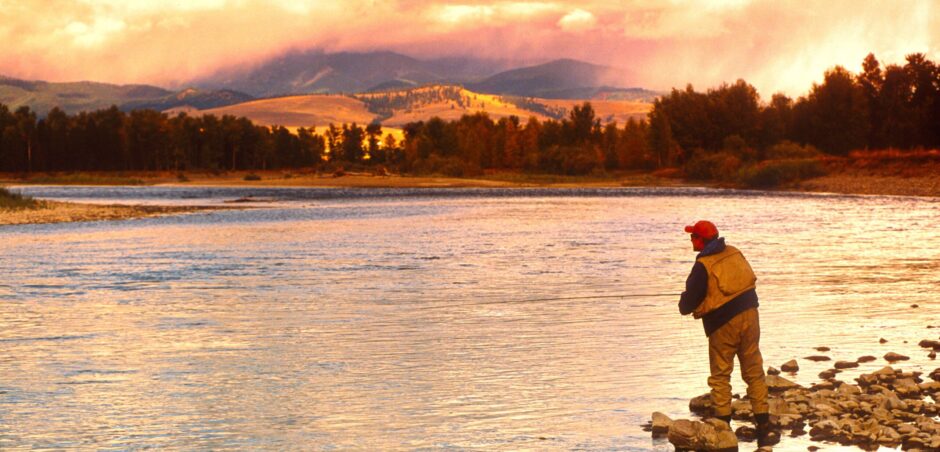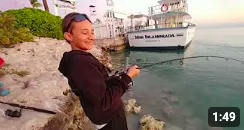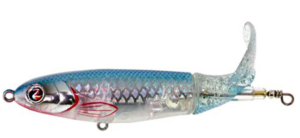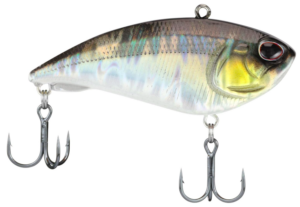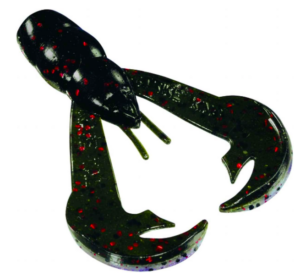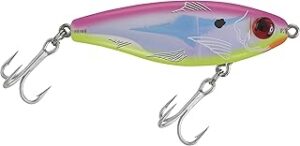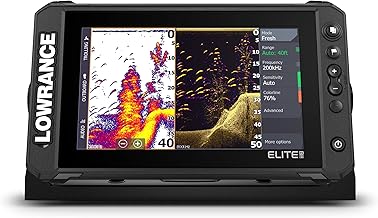Take a look at some of the fly casting techniques that experienced fly-fishermen use to help them catch more fish.
Standard Fly Casting (Backward and Forward Casting)
The standard cast involves lifting the fly rod and fly line with a smooth up and back motion. When the rod reaches the 11 o’clock position, the negative motion stops and the forward cast will begin. Accelerate the rod forward from 11 o’clock to 1 o’clock and release the line and fly towards your target.
Curve Casting
Curve casts are casts that have a bend in the line to the right or left of you. They can be useful for casting over fast water to get to slower moving water. The fast water that is closer to you will end up pushing your fly downstream too fast. A curve cast will add some slack in the line that will keep your line in the faster current above the line in the slower current. Curve casts also work well for presenting your fly around surface objects.
False Casting
False casting is very simple. As you cast the fly backwards and forwards, don’t release the fly towards your target in the forward position. (Hence the name False cast) Fly fishermen use the false cast to cast farther by stripping out more line as they go back and forth. False casting also works to remove water from a dry fly. A couple of false casts can help your dry fly appear more natural in the water, which will help you get more strikes.
Hauling
Hauling is used to increase the line speed, which helps you add distance to your cast. To accomplish a haul is to simply pull on the fly line during your casting stroke. A double haul involves hauling on your forward and backward strokes. This will add some distance to your casts, but it’s not going to make a 50 foot caster into an 80 foot caster. It can add an extra 5 to 10 feet to your cast depending on your skill level.
Mending Line
Mending line is used to re-position the fly line on the water. Mending line can be just as important as how you make your cast. To mend line, we draw a circle with the rod tip and flip the line up or downstream. While there are some situations where you may mend the line downstream, it is much more common to mend the line upstream to help slow the fly down in faster water.
Reach Casting
Reach casting is used on moving water. It is used to place your fly line and leader upstream of the fly. This allows your fly to drift naturally over the fish before your line and leader. It is called the reach cast because you reach over your body with your rod arm to position the fly line and leader upstream of the fly.
Roll Casting
Roll casting is used during windy conditions or when there are obstructions behind you that do not give you enough room to use a back cast. You will pull the line back along the water then cast forward towards your target. In a roll cast, the fly line will not be lifted from the water for the back cast, it is just pulled back along the water before you accelerate forward.
“S” Curves – Fly Casting
An “S” curve will cause the fly line to fall on the water in a series of “S” curves. This slack line will keep your fly from being dragged downstream too fast when you are fishing across faster currents.
Shooting-Line
Shooting line consists of adding additional line to a previous cast. You may have made a cast, but you see a fish surfacing 5 or 10 feet beyond your fly. Shooting line gives you a chance to present your fly to this fish before it has time to move from that spot. With your line hand, strip the additional amount of line you need. For this example, we’ll go with 5 feet. Strip 5 feet of line from your “reel” and let it lay on the ground near your feet. Pinch the line between the reel and your stripping guide. Make a couple false casts while maintaining your pinch on the line and then make a forward cast and release the fly towards your target. Pinching the line and timing your release are key to shooting line correctly.
